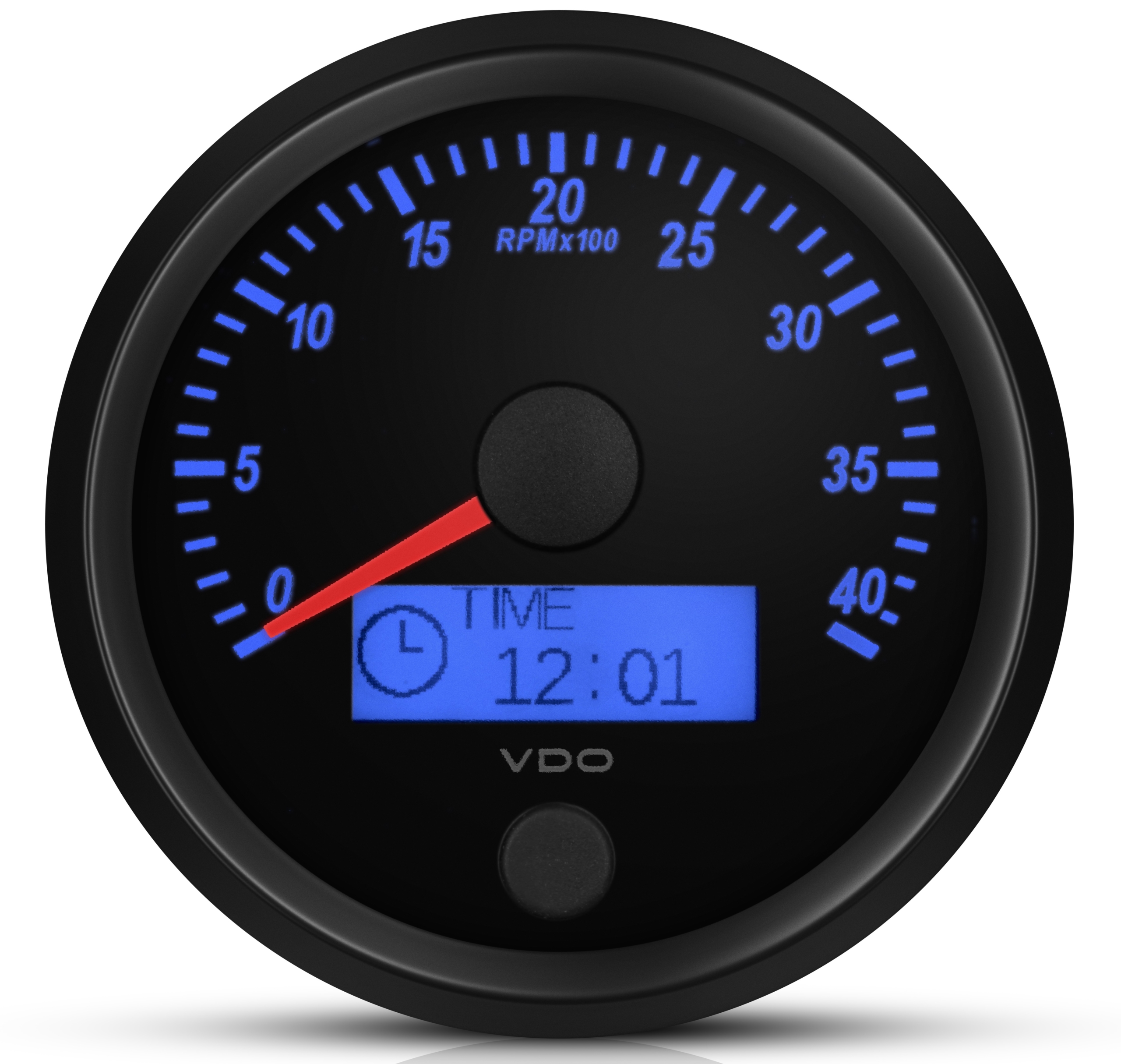Unlocking the Keys of Tachometers: Everything You Required to Know Concerning This Essential Tool in Your Automobile
Comprehending the complexities of tachometers can offer important insights right into your automobile's performance and maintenance requirements. From gauging engine rate to understanding the data it presents, tachometers function as a critical device for car owners and fanatics alike. By unwinding the secrets behind this important instrument, you can open a riches of information that can boost your driving experience and guarantee the longevity of your lorry.
Value of Tachometers
The significance of tachometers depends on their capability to provide important real-time data about an engine's rotational speed, enabling specific tracking and maintenance of equipment. By measuring the transformations per minute (RPM) of an engine's crankshaft, tachometers supply important insights into the engine's performance - tachometer. This information is necessary for guaranteeing that the engine runs within its optimal variety, avoiding prospective damages from over-revving or underperforming
Tachometers play an important duty in assisting drivers and specialists detect any type of anomalies in the engine's rate, which could suggest concerns such as fuel ineffectiveness, mechanical troubles, or excessive stress on the engine. By without delay recognizing these problems through tachometer analyses, upkeep can be done proactively, preventing expensive repair work and downtime in the future.
Furthermore, tachometers are specifically essential in high-performance automobiles and equipment, where precise control over engine speed is needed for optimum procedure. Competing cars, aircraft, and industrial devices rely upon tachometers to supply peak efficiency while maintaining safety requirements. Fundamentally, tachometers are not simply tools for determining rate however crucial devices for ensuring the smooth and efficient operation of engines across various applications.
How Tachometers Step Engine Speed
Utilizing sensors that spot the regularity of electric pulses generated by the engine's ignition system, tachometers properly gauge the rotational speed of an engine. By monitoring the price at which these pulses are gotten, tachometers provide real-time responses on exactly how fast the engine's crankshaft is revolving per min, frequently referred to as changes per minute (RPM)
The tachometer's sensing unit, commonly linked to the engine's ignition coil or ignition system cables, gets the electric signals produced each time a cyndrical tube fires. These signals are then converted right into RPM readings presented on the gauge or tool cluster within the motorist's view. Tachometers can be analog or electronic, with modern automobiles commonly including electronic screens for specific and immediate RPM readings.
This info is crucial for motorists to understand the engine's performance, protect against over-revving, optimize equipment changing, and guarantee reliable fuel usage. By accurately determining engine rate, tachometers play an important function in aiding chauffeurs run their lorries safely and effectively.
Analyzing Tachometer Analyses
Having a clear understanding of exactly how tachometers measure engine rate sets the Continued foundation for successfully translating the RPM readings presented. Translating tachometer readings is crucial for optimum automobile performance and engine health. When the engine is idling, the tachometer click here for more needle commonly relaxes around 600-1000 RPM, depending on the car.


Tips for Making Use Of Tachometers Efficiently
To boost driving effectiveness and optimize engine efficiency, what key approaches can be carried out for effectively using tachometers? Tachometers are essential devices that offer real-time responses on engine rate, enabling vehicle drivers to make informed choices for better efficiency - tachometer. Below are some suggestions for making use of tachometers efficiently:
Recognizing Optimal RPM Variety: Acquaint yourself with the ideal RPM (Revolutions Per Minute) array for your car. This array ranges various vehicles and is normally shown in the owner's handbook. Maintaining the engine within this array can improve fuel performance and prolong the engine's life-span.
Moving Equipments at the Correct Time: Make use of the tachometer to determine the most effective time to move gears. Upshifting prematurely or also late can cause lowered performance and efficiency. Aim to shift gears when the RPM reaches the ideal variety for the next gear.
Keeping An Eye On Engine Anxiety: High RPMs for extended periods can strain the engine. Watch on the tachometer to avoid over-revving, especially during velocity or when look at this now lugging heavy tons.
Tachometers and Car Maintenance
When thinking about vehicle upkeep, tachometers play an important duty in keeping an eye on engine performance and finding potential concerns. Tachometers offer crucial data on engine rate, allowing motorists and mechanics to guarantee that the engine is operating within the advised RPM range.
In enhancement to discovering possible problems, tachometers can additionally aid in enhancing gas effectiveness. By maintaining the engine rate within the ideal array, drivers can boost their gas mileage and decrease gas intake. This not only benefits the vehicle driver's wallet however additionally adds to environmental conservation by decreasing harmful discharges.
Verdict
